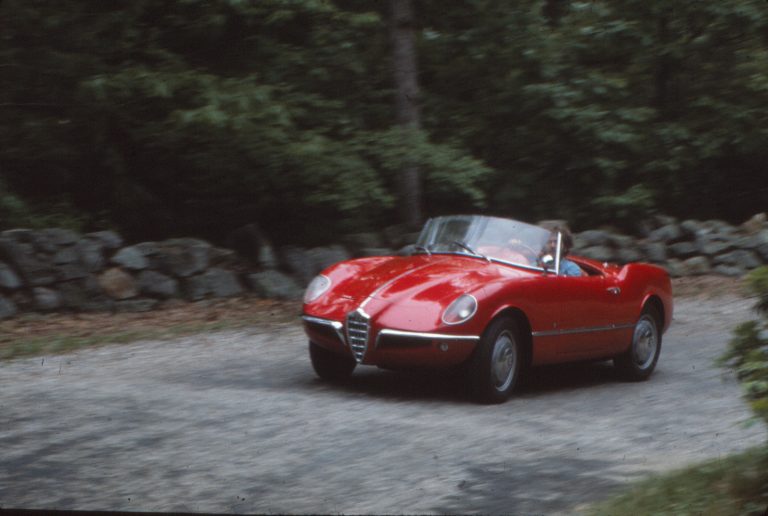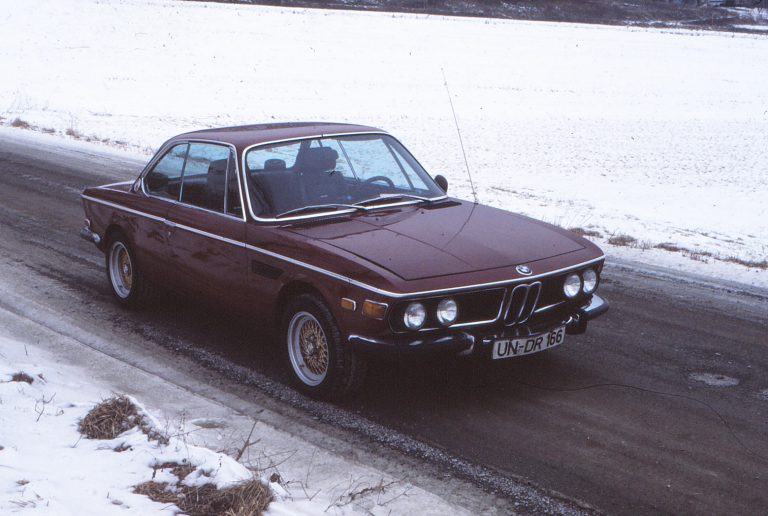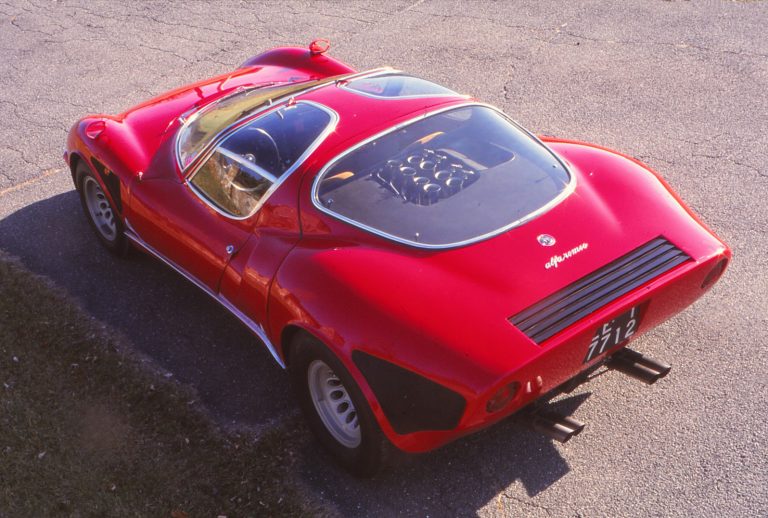History/driving impressions originally published in AutoWeek August 8, 1988. Republished by the author.
One need not look any further for the origin of the Arnolt-Bristol shape than to the Arnolt-Aston Martin. Of course, that’s easier said than done because if the Arnolt-Bristol is obscure, known mostly to A-B enthusiasts, the Arnolt-AM is arcane.
There were, if one is generous, only eight Arnolt-Aston Martins made. The facts are hard to pin down, but the flow of the story starts at the 1952 Turin show with American industrialist Stanley “Wacky” Arnolt contracting with Bertone to produce 100 each roadsters and coupes on MG-TD chassis. (Read about the Arnolt-MG here). The cash saved Bertone and allowed the tiny coachbuilder to continue to build exotic one-office as series production improved, the latter including the Arnolt-Bristol.
But in 1953, while the Arnolt-MGs were being made, Wacky commissioned to have six Aston Martin DB/4 Mk I chassis fitted with Bertone coachwork. How this came about isn’t recorded, but we do know that Wacky was persuasive. Also, it didn’t hurt David Brown to have a quick, tidy sale of this size. They were in fact among the first DB to chasses made, numbers LML 502 through LML 507. The factory kept LML 501 as a chassis. Not to become a tract on which chassis went where, but when there are only six…
All but 504 and 506 were roadsters, 502 and 507 being racing versions with spare skin over the sturdy square-tube frame that was the Aston Martin DB to which, with its integral cowl structure, was ideal for such a project. It remains in the ownership of his widow.
LML 503 is a mystery. Perhaps kept by Wacky for his own use, it has disappeared, perhaps in the fire in his Chicago dealership. Maybe it’s in a barn somewhere. LML 503 is similar to 502 and 507, which are as close to identical as custom-built cars can get. There are differences, but 505 was street-equipped with luxuries such as rudimentary bumpers, a full height windscreen and a top with side curtains. It was at last report in Switzerland. LML 504 and 506 are convertibles, with more creature comforts and different bodies.
Then to bring the total to eight cars, Wacky bought two more Aston’s in 1954 and had them shipped to Turin. They were not completed until 1957. Wacky forgot about them, and finally Bertone he had to write and ask what to do with them. These were LML 762, a convertible, and LML 765, a fixed head coupe, with body designs completely different from the earlier cars.
LML 507 is now jointly owned by Mr. and Mrs. Gabriel and by Frank Opalka, owner of Import Service, Inc., in Evanston, Illinois. One source gives the first owner as Philip Stewart of Lake Forest, other cite E.C. Kiekhaefer of outboard engine fame. The latter was an enthusiast of exotic cars, which were usually torn down by his engineers to see what made them tick. A Wisconsin auto dealership took it in on trade in 1958 and promptly sold it to Peter Luan on who sold it Opalka in 1970.
There is no concession to practicality and 507, which like the five other early cars was probably drawn by Franco Scaglione, then head of design at Bertone. There are no bumpers, the fenders with their crisp upper edge lead with their headlights. The interior is spare. The doors have no liner and the simple door latches are operated by a cord. The windscreen is low, racer-style and the dash is simply a place for instruments. Rear fenders end in unprotected knife-edged arcs; the whole shape a subdued rendering of Bertone’s aerodynamic B.A.T. designs. Over the Aston keyhole grille is Wacky’s concession to vanity, a cloissone Arnolt badge, the big A and Pegasus with, in this case, Aston Martin written below.
Under the hood is a 2.9-liter in-line six, a dual overhead cam designed by W.O. Bentley himself. Opalka, who vintage races the car (and drives it to events at Elkhart Lake), replaced the original SUs with a trio of dual-throat Webers. He also raised the seat because, well, he’s no Butkus. That put my head up in the windstream during a surreptitious blast around the streets of Evanston – or at least as surreptitious as one can blast in a loud red roadster.
The car is heavy to steer around town, but shifting is simple despite a stiff clutch. Blipping the throttle makes great baritone noises. Opalka confesses to not having the carbs dialed in for city driving; it takes a moment before they clean out and come full on the main Jets. Britain’s Autocar tested a DB/4 with a full coupe (2772 pounds) aluminum body at 18.9 seconds in the quarter and 120 mph top speed. The steel Bertone version is probably equal to that. The stiff ride in the British tradition with skinny tires on 16-inch wires gives vintage handling which outshone its contemporaries. Opalka claims the car comes into its own cruising at 80. Who’s to argue, except maybe the Illinois State Police.
Why were so few Arnolt-Astons built? Perhaps David Brown disliked Wacky’s selling the Bertones for less than standard versions; that might be an exaggeration. Not many Arnolt cars were made, and Wacky’s sales manager Jack Nakagawa recalled the specials were a pain in the neck.
It may just be that Aston didn’t need the chassis sales. For Arnolt, it was probably time to move on to other things, most notably the Arnolt-Bristol and the sale of standard cars (he was an Aston Martin distributor) which of course had gone on all the while. The Arnolt-Aston Martins in the end became a small, fascinating footnote in the history of the automobile but the template on which the Arnolt-Bristol was laid.
Several times I have piloted cars on the street that weren’t registered, but with the owner being a used car—er, import service center—likely had used car dealer plates. But I do wonder how many books would have been thrown at me had my various semi-surreptitious driveabouts been interrupted by someone I’d rather not have been interrupted by.












